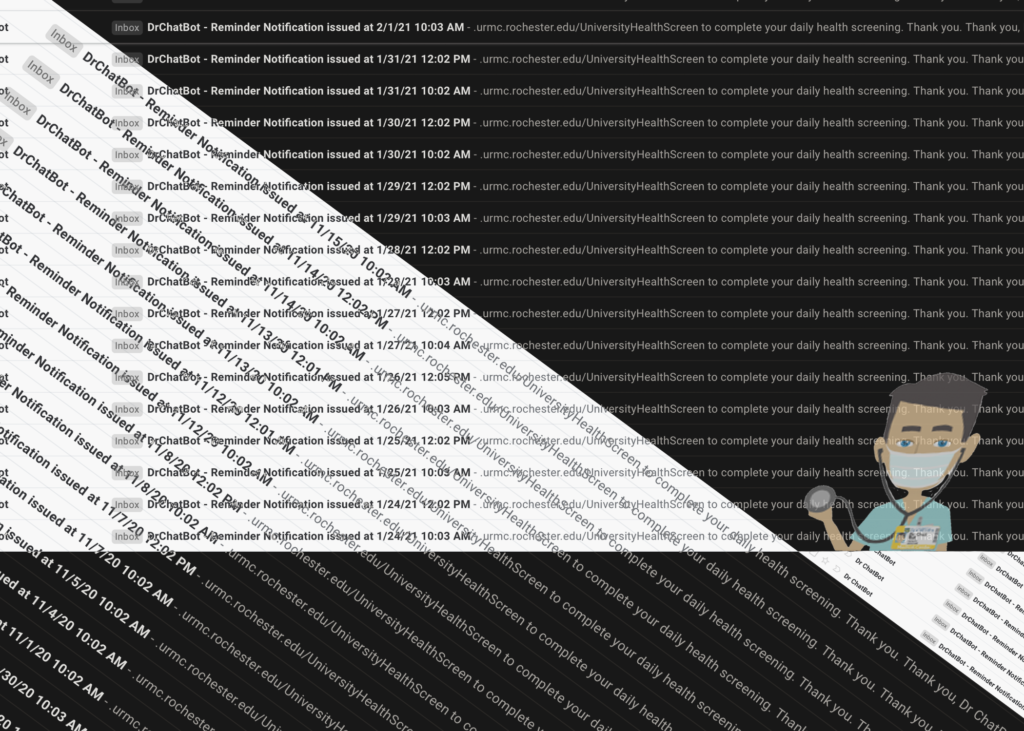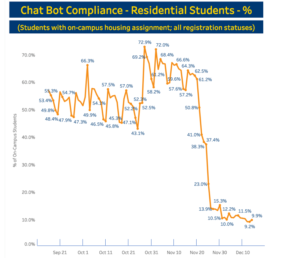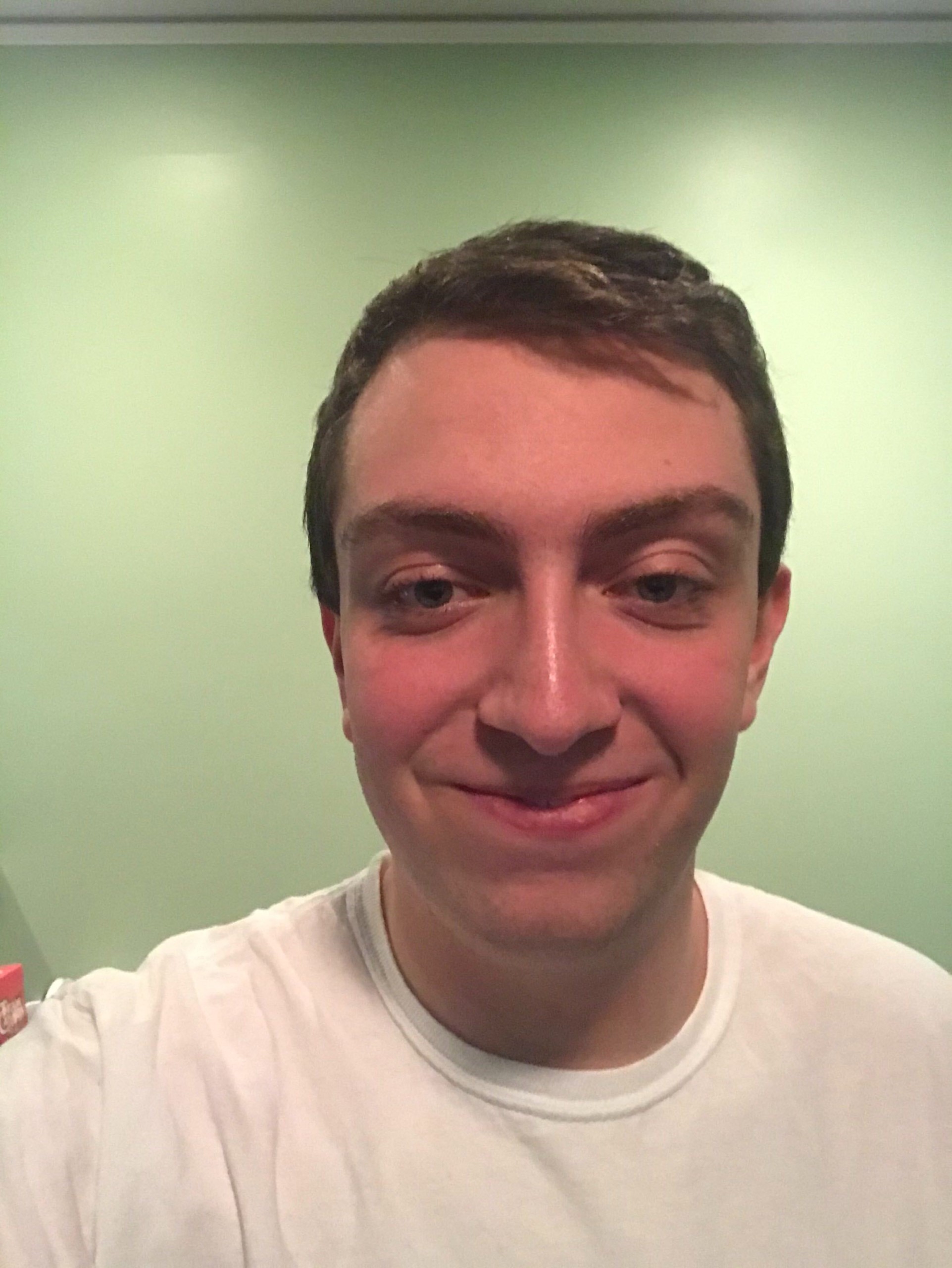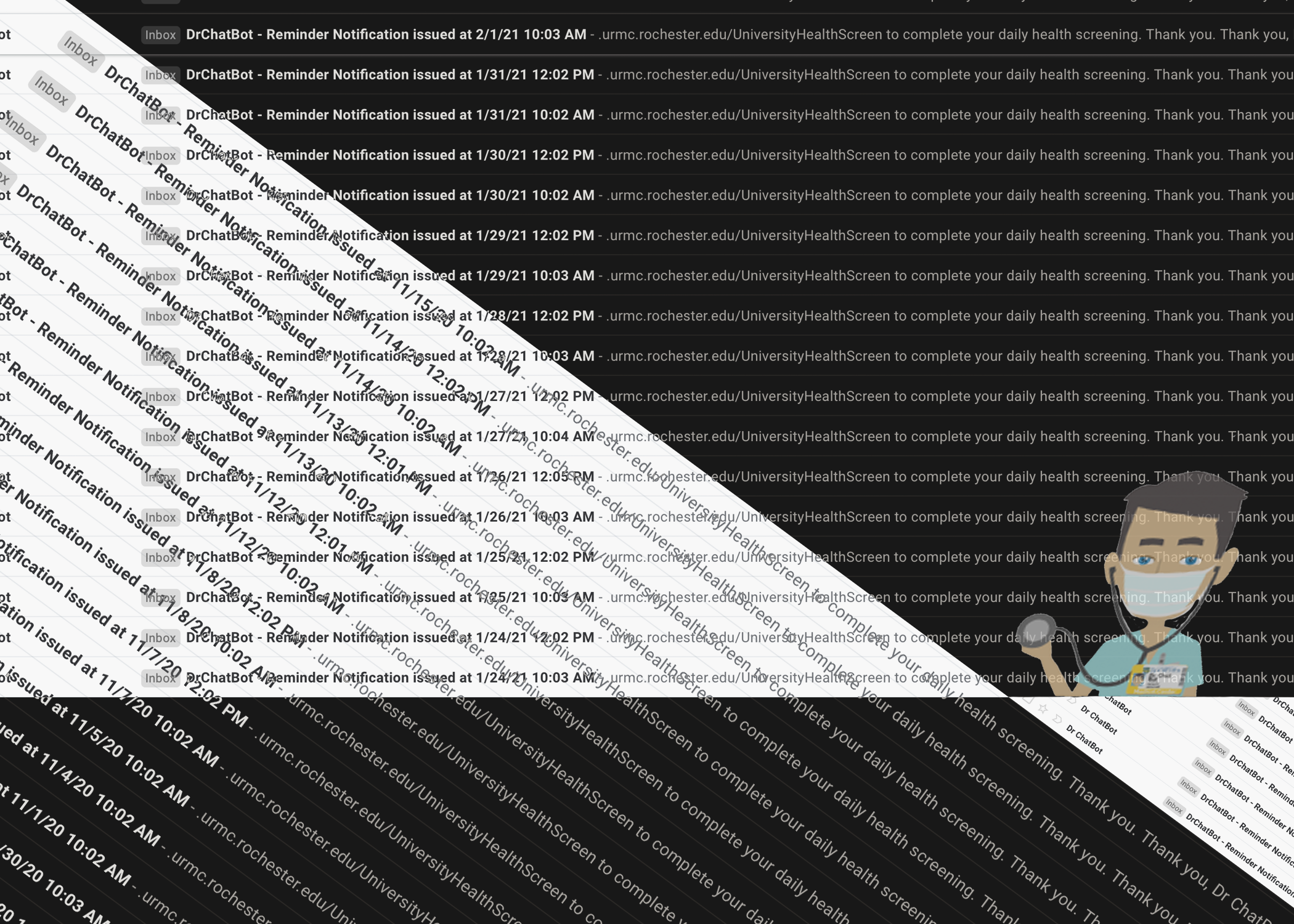This article is part of a series about coronavirus on campus during the Fall 2020 semester.
This academic year, students have been receiving unavoidable daily emails reminding them to complete their Dr. Chatbot health screening. Dr. Chatbot, the University’s COVID-19 symptom reporting app, was originally implemented in the Medical Center for employees as they came in to work. Now it is used — in theory — by all students on campus, and is heralded by administration as a key part of the University’s system to combat coronavirus spread on campus.
When a student reports no symptoms, exposure, or travel on the Dr. Chatbot app, a green checkmark comes up verifying that “You are clear to go on campus today!” If the student does report symptoms, a red pop-up appears informing them to stay home and contact the appropriate services. Additionally, someone from University Health Services calls to get more information about the symptoms.
All students coming onto campus on a given day were expected to fill out Dr. Chatbot. Towards the end of the fall semester, events and giveaways required students to show their Dr. Chatbot results along with their normal identification to participate. All students living on campus are expected to fill it out daily, even if they remain in their room the entire day.
According to Head Athletic Trainer Eric Rozen, athletes were required to complete their Dr. Chatbot in order to practice. But the app was not checked in other areas, such as dining or in-person classes.
According to Vice Provost and Director of University Health Service Dr. Ralph Manchester, students who are not going to be on campus do not have to fill out their Dr. Chatbot, even to report symptoms. He said that having staffing seven days a week to communicate with those reporting symptoms was difficult this past semester.
Daily reminder emails telling students to fill out Dr. Chatbot began in July, starting at 4 a.m. to catch early-morning employees before they clock in. But as the chart shows, many students did not fill out Dr. Chatbot. The persistence of early-morning email messages even for those conducting the semester remotely were mocked by students in memes.
From mid September through late October, the percentage of students living on campus who filled it out hovered near 50% each day, reaching as low as 43.1%. Some students living off campus also filled out the app, but there is no way of knowing what percent of those students who came on campus on a given day completed their symptom screening.
Compliance was an issue throughout the semester. “It’s important,” Manchester said. He later added, “I would like 100% of people to do it every day they’re on campus.”
But beyond requiring Dr. Chatbot for opt-in events, there was little enforcement and incentivization for compliance. For example, dining did not have the staffing to check everyone’s Dr. Chatbot, and doing so would slow down entrance in a way that could cause further crowding and spread while waiting in line.
A June 15 @Rochester email announced that the University was making the code behind Dr. Chatbot open source and free. In the following weeks, administrators repeatedly mentioned Dr. Chatbot in their emails to the community regarding the fall semester.
“Once on campus, all students will be asked to take a daily Dr. ChatBot health screening survey, which is already in use by faculty and staff at the Medical Center,” read a June 19 email from Provost Robert Clark.
“Students will be asked to take a daily health screening using an online tool, Dr. ChatBot, to help us track symptoms and the possible spread of COVID-19,” said Dean of the College of Arts, Sciences, and Engineering Jeffrey Runner in an email on June 28.
Both framed the completion of Dr. Chatbot as something being requested from students, not as a true requirement, despite its importance to contact tracing.
Seeing the lower-than-optimal compliance from on-campus students, administrators considered ways to get more people to fill it out. Starting on Oct. 29, as quarantines and isolations began to spike due to an outbreak, the University implemented additional email reminders at 2 p.m. and 4 p.m. as well as text reminders via AlertUR. As the chart shows, this did significantly increase compliance for on-campus students, but the highest compliance rate on any single day was still only 72.9%. These additional alerts were not kept for long, as students began heading home for winter break three weeks later.
Manchester indicated that other incentives for filling out Dr. Chatbot were considered, including making the ability to use student ID cards for dining conditional on completion. Instead, a positive reinforcement system is being pursued this semester with the Complete & Compete challenge.
Haven Worley contributed to the reporting for this article.




